- Dew Point Meters
- Gas Analysers
- Portable Gas Detector
- Moisture And Dew Point Analyzer
- Dust/Opacity Monitor
- Gas Monitoring Systems
- Gas Leak Detectors
- Gas Transmitters
- VOC Leak Detector
- Air Quality Monitoring System
- Online Continuous Emission Monitoring System-OCEMS
- Dew Point Monitors
- Gas Detector
- Opacity Monitor
- Portable Flue Gas Analyzer
- Online SOX & NOX Gas Analyzer
- Methane Gas Leak Detector
- Hydrogen Purity Analyzer
- Gas Purity Analyzer
- Effluent Monitoring Systems
- Producer Gas Analyzer
- Gas Detector Calibration Service
- Portable Gas Monitors
- Gas Sensor Transmitter
Opacity Measurement
Price 160000 INR/ Number
Opacity Measurement Specification
- Material
- Stainless Steel
- Usage
- Industrial
- Color
- Blue
- Temperature
- -20 to 50 Celsius (oC)
- Accuracy
- +2 %
- Operate Method
- Automatic
About Opacity Measurement
Measurement Range
- Typical range (e.g., 0-100% opacity)
- Minimum detectable opacity
Accuracy
- Percent error (e.g., +/-1% of reading)
- Calibration frequency
Response Time
- Time taken to detect changes in opacity (e.g., milliseconds to seconds)
Sensor Type
- Optical sensors (e.g., light scattering, transmissive)
- Laser-based systems
Operating Conditions
- Temperature range (e.g., -20 Degree C to 50 Degree C )
- Humidity tolerance
- Environmental protection (e.g., IP rating)
Data Output
- Analog and/or digital output (e.g., 4-20 mA, RS-485)
- Data logging capabilities
Power Requirements
- Voltage and current specifications
- Power consumption
Installation Requirements
- Mounting options (e.g., flange, bracket)
- Size and weight considerations
Communication Protocols
- Compatibility with existing systems (e.g., Modbus, Ethernet)
Calibration
- Ease of calibration process
- Frequency of recommended calibration
User Interface
- Display type (e.g., LCD, touchscreen)
- User-friendly software for monitoring and analysis
Compliance Standards
- Compliance with environmental regulations (e.g., EPA, ISO)
- Certification (e.g., CE, UL)
Maintenance Requirements
- Frequency of maintenance checks
- Required maintenance tools or kits
Cost
- Initial purchase cost
- Long-term operational costs
These specifications can vary based on the application (industrial, environmental monitoring, etc.), so it's essential to tailor them to specific needs. If you have a particular application in mind, I can help refine these further!
Precision Opacity Monitoring
Achieving accurate measurements is essential for industrial quality control. Our stainless steel opacity measurement device ensures readings within a 2% accuracy margin, making it a dependable asset in various processes where material translucency matters. The automatic operation minimizes manual errors and streamlines workflow.
Designed for Industrial Demands
Built from durable stainless steel and suited to environments with temperatures ranging from -20C to 50C, this device stands up to harsh industrial conditions. Its blue finish not only supports easy recognition but also complements modern industrial aesthetics and standards.
FAQs of Opacity Measurement:
Q: How does the automatic opacity measurement device work in industrial environments?
A: The device uses advanced optical sensors to detect and quantify the opacity of materials, automating the measurement process to ensure consistent and accurate results without manual intervention. Its stainless steel construction makes it suitable for challenging industrial conditions.Q: What industries can benefit from using this stainless steel opacity measurement instrument?
A: Industries such as manufacturing, quality control, packaging, and textiles can benefit from its precise opacity measurement capabilities, ensuring product standards and compliance are consistently met.Q: When should companies conduct opacity measurements in their workflows?
A: Opacity measurements should be integrated at various stages of production, especially during quality assurance checks or whenever transparency or light-blocking properties are critical to product performance.Q: Where is this opacity measurement device primarily supplied and serviced?
A: As an exporter, importer, manufacturer, service provider, and supplier, we primarily operate within India, but also cater to international clients upon request.Q: What is the process for using the automatic opacity measurement device?
A: Simply install the device in the desired location, place the material sample, and initiate the automated operation sequence. The device will provide a precise opacity measurement within its 2% accuracy range.Q: What are the main benefits of using a blue, stainless steel opacity meter for industrial applications?
A: Key benefits include increased accuracy and reliability, reduced manual handling, enhanced durability against industrial wear, and improved efficiency in quality control processes.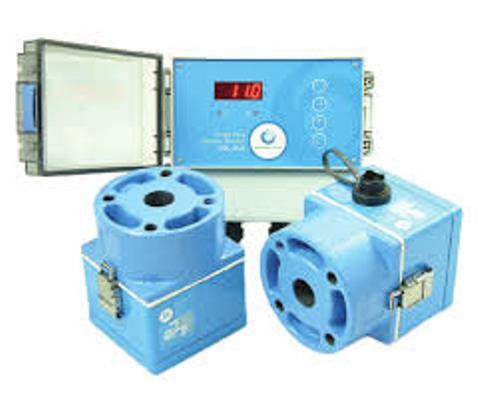
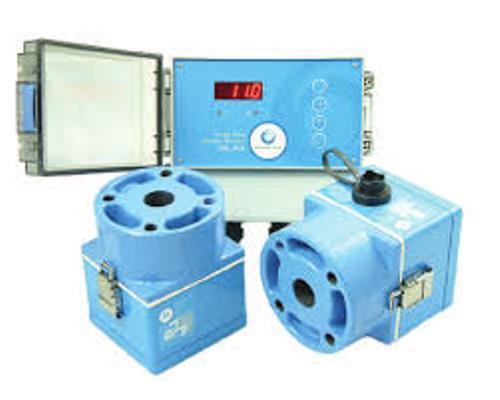
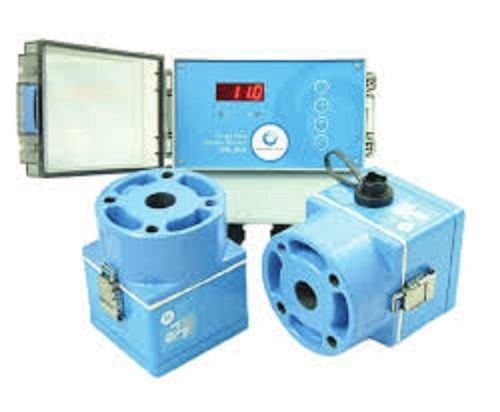
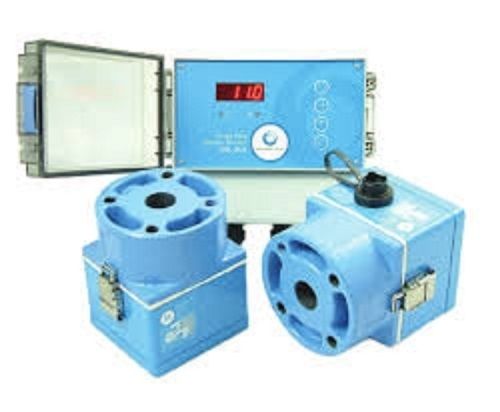
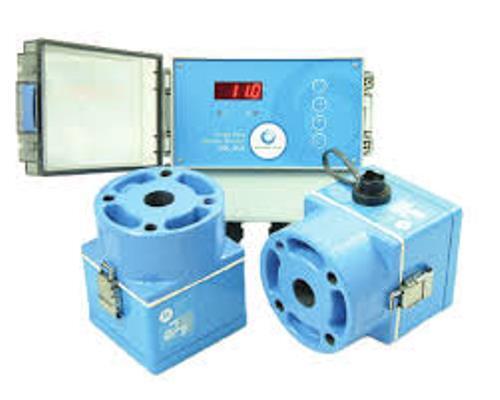

Price:
- 50
- 100
- 200
- 250
- 500
- 1000+
More Products in Dust/Opacity Monitor Category
Dust Opacity Monitor
Price 325500.00 INR / Set
Minimum Order Quantity : 1 Set
Usage : Industrial
Power Supply : Electric
Accuracy : +2 %
Temperature : 15 Celsius (oC)
Portable Dust Monitor
Price 128500 INR / Set
Minimum Order Quantity : 1 Set
Usage : Industrial
Power Supply : Electric
Accuracy : +2 %
Temperature : 15 Celsius (oC)
Handheld Dust Monitor
Price 128550 INR / Set
Minimum Order Quantity : 1 Set
Usage : Industrial
Power Supply : Electric
Accuracy : +2 %
Temperature : 15 Celsius (oC)
Broken Bag Detector
Price 58000 INR / Set
Minimum Order Quantity : 1 Set
Usage : Industrial
Power Supply : Electric
Accuracy : +2 %
Temperature : 15 Celsius (oC)

 Send Inquiry
Send Inquiry
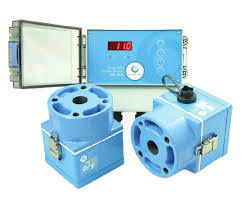
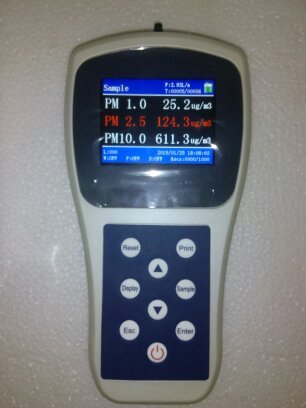
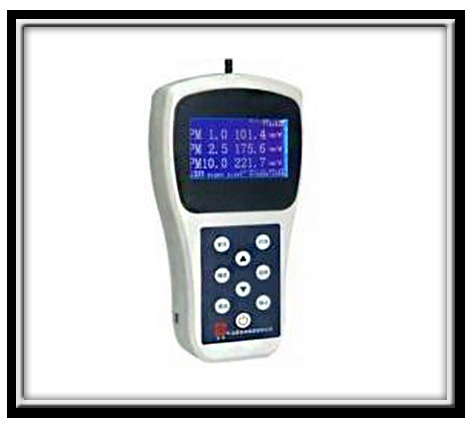
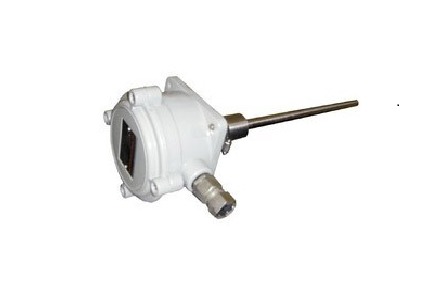

 English
English Spanish
Spanish French
French German
German Italian
Italian Chinese (Simplified)
Chinese (Simplified) Japanese
Japanese Korean
Korean Arabic
Arabic Portuguese
Portuguese